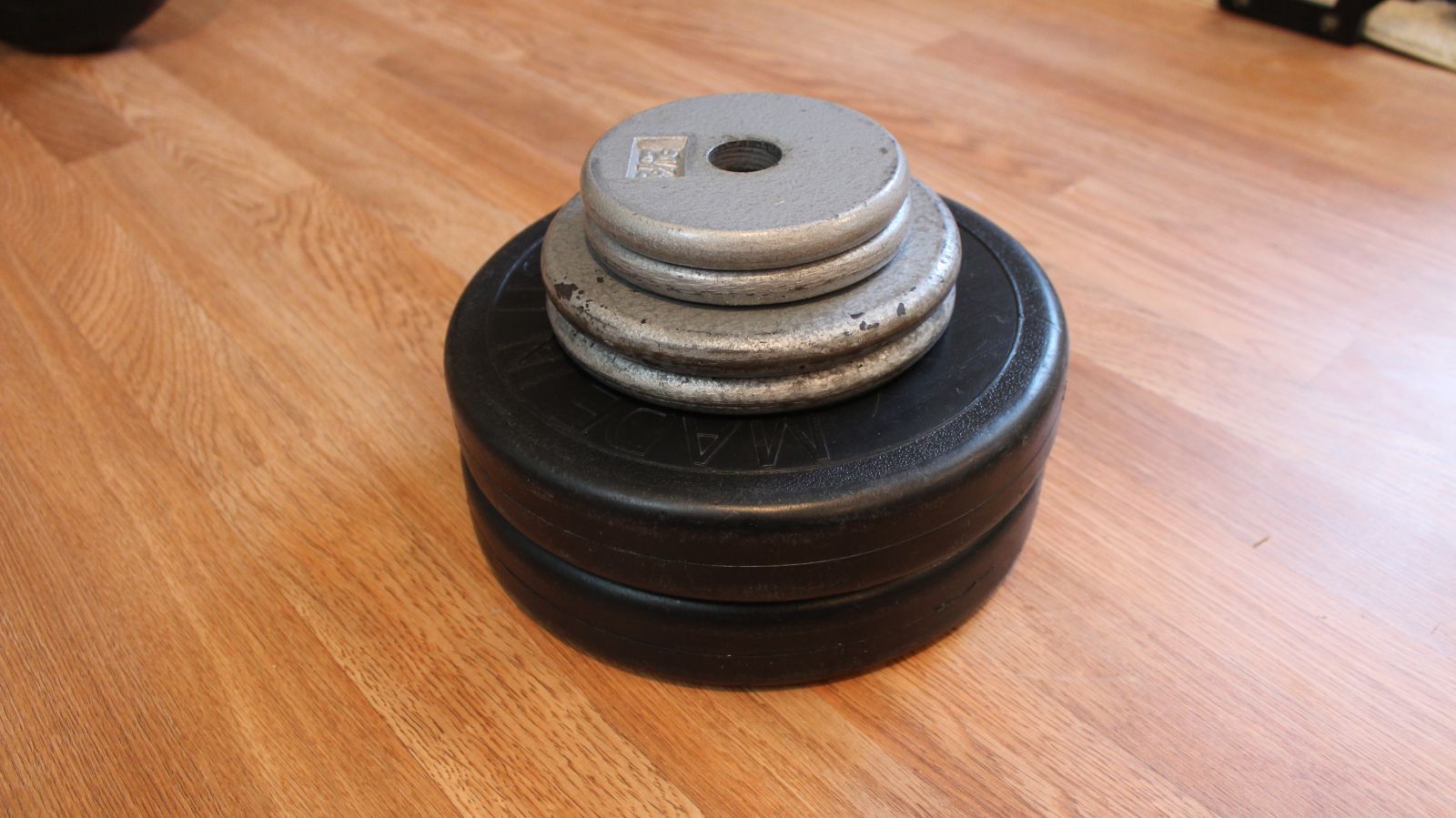
With any workout program there are a few things that are essential for good results. I’ve talked a lot about different principles that can affect the effectiveness of a workout. Principles such as volume, intensity, tempo, frequency, and rest. All of these principles are variables that can be manipulated in order to get different results. But the proper combination of these different variables won’t do anything if we don’t utilize one more principle, and that is the principle of progressive resistance.
Contrary to what you may have guessed, progressive resistance is not a rebellion against those goofy insurance commercials. It is however an often neglected yet very important part of working out. Progressive resistance simply means to continuously challenge yourself with your workouts. It may sound absurd to you, but many people will workout for years and years lifting the same amount of weight for the same amount of reps week in and week out. Whether it’s adding weight, reps, or in another way, the body needs to be challenged.
Some people do try to add weight or push themselves in other ways, but somehow can’t manage to do it. This is often because they try to do too much too soon. It’s important to start with a workout that is challenging but not completely exhausting. A workout that leaves room to grow. Adding resistance every week on a progressive basis will put you on a much better course than following some extreme workout program. So now that we’ve talked about the importance of progressive resistance, let’s get into the specifics of how you can progressively add resistance.
Ways to Progress
-
Increase the volume - There’s two ways to do this:
- -Increase the number of reps
- -Increase the number of sets
- Decrease the rest periods
- Lengthen the tempo
- Increase the intensity (weight)
When a person first starts working out or is just getting back into it, progression happens fast. The first couple of weeks are fairly tough, and the first couple of months are filled with good results. For most people, it will be easier to get good results when they’re just starting a workout routine.
After a while, it starts to slow down. Progression will be a lot slower, but it doesn’t have to be non-existent. If you’re lifting weights, adding 5-10 lbs. every week would mean adding 60 to 120 lbs. to your lift in a year. If you’re doing push-ups, you might add 1-2 reps every week. This would result in 52 to 104 extra reps in a year. Everybody progresses at different rates at different times in their lives.
The important thing is to push yourself on a continual basis. Some workouts will be harder than others. There will be times where you feel fantastic, and other times when you just want to crawl away to the couch and stop lifting altogether. These ups and downs are a natural part of any worthwhile endeavor. Don’t let them stop you. Enjoy the good days, and push through the bad ones. Take a break when you really need to, and never forget to keep looking higher and higher.
- Log in to post comments

